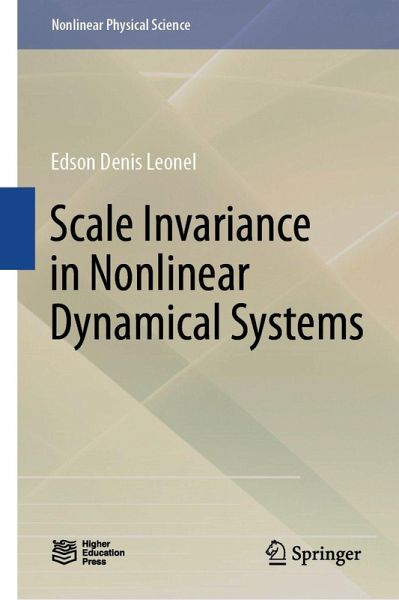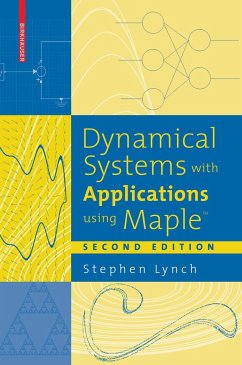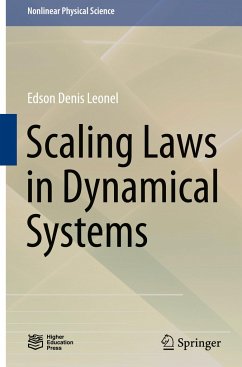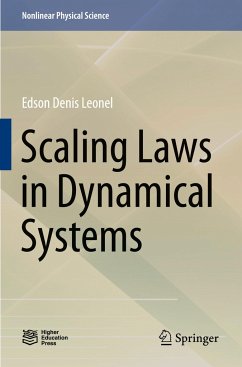
Scale Invariance in Nonlinear Dynamical Systems
Versandkostenfrei!
Versandfertig in 6-10 Tagen
121,99 €
inkl. MwSt.

PAYBACK Punkte
61 °P sammeln!
This book aims to explore the scale invariance present in certain nonlinear dynamical systems. We will discuss both ordinary differential equations (ODEs) and discrete-time maps. The loss of predictability in the temporal evolution of nearby initial conditions, and the resulting exponential divergence of their trajectories in phase space, leads to the concept of chaos. Some observables studied in nonlinear systems exhibit characteristics that can be described through scaling laws, giving rise to scale invariance. Several nonlinear systems present temporal evolutions that can be described using...
This book aims to explore the scale invariance present in certain nonlinear dynamical systems. We will discuss both ordinary differential equations (ODEs) and discrete-time maps. The loss of predictability in the temporal evolution of nearby initial conditions, and the resulting exponential divergence of their trajectories in phase space, leads to the concept of chaos. Some observables studied in nonlinear systems exhibit characteristics that can be described through scaling laws, giving rise to scale invariance. Several nonlinear systems present temporal evolutions that can be described using scaling formalism. As control parameters vary, physical quantities and phase space observables can be characterized by power laws. These, in turn, may lead to the definition of critical exponents, resulting in universal behaviors. The application of this formalism has been widely accepted in the scientific community in the investigation of various problems. Therefore, in writing this book, I aimed to compile research results on some nonlinear systems, partially employing the scaling formalism, in a way that could be presented at the undergraduate and graduate levels. At the same time, the text was designed to be original enough to contribute to the existing literature without excessive overlap with topics already well established in textbooks. Most chapters in the book include a set of review exercises. Students are encouraged to work through them. Some exercises are analytical, others are numerical, and some involve a degree of computational complexity.












